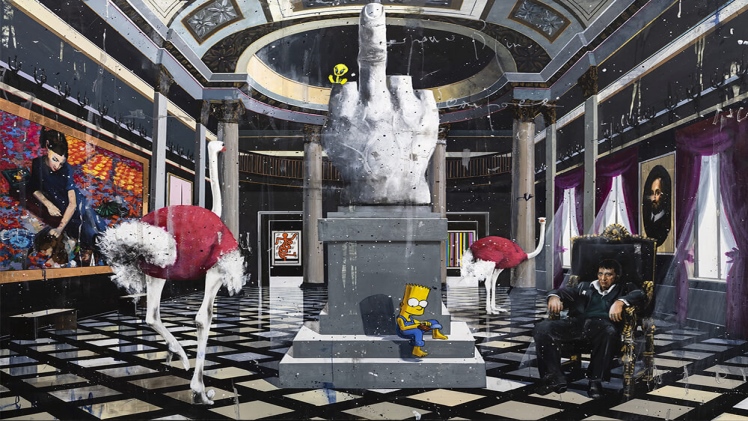Art has been a part of human history for centuries, providing insight into the culture and beliefs of different societies. Throughout history, art forms have taken on various styles and techniques, each reflecting the time period and cultural context in which it was created. One of the most significant debates in the world of art is the comparison between modern art and classical art.
Classical art refers to the art that was produced during the ancient Greek and Roman civilizations. It is characterized by realistic representations of the human form and a focus on symmetry and proportion. This style of art was heavily influenced by the ideals of beauty and perfection that were prominent in ancient Greek philosophy.
In contrast, modern art encompasses a broad range of styles and techniques that emerged in the late 19th century and continue to evolve today. It is often characterized by abstraction, experimentation, and a rejection of traditional artistic conventions. Modern artists sought to break free from the constraints of traditional art forms and embrace new materials and methods.
Despite their differences, both classical and modern art offer unique insights into the human experience and can be appreciated for their individual merits. In this article, we will explore some of the key differences between modern and classical art and discuss how these differences impact our understanding and appreciation of each art form.
One of the most notable differences between modern and classical art is their approach to representation. Classical art is characterized by its emphasis on realism and the natural world. Ancient Greek and Roman artists sought to capture the beauty and perfection of the human form through precise anatomical depictions and lifelike facial expressions.
In contrast, modern art often eschews realism in favor of abstraction and experimentation. Modern artists may use unconventional materials, such as found objects or nontraditional paint mediums, and incorporate elements of chance and accident into their work. The result is often a highly subjective and individualized interpretation of the world around us.
Another key difference between the two art forms is their relationship to tradition and convention. Classical art is deeply rooted in tradition, with many of its techniques and styles passed down through generations of artists. Ancient Greek and Roman artists adhered to strict rules of proportion and symmetry, which were based on an idealized vision of beauty.
In contrast, modern art often seeks to challenge traditional artistic conventions. Modern artists may reject the idea of representational art altogether, instead opting for abstract or conceptual art forms. This rejection of tradition allows modern artists greater freedom to explore new ideas and experiment with unconventional materials and techniques.
Despite these differences, both classical and modern art offer unique insights into the human experience. Classical art provides a glimpse into ancient cultures and their beliefs about beauty and perfection, while modern art offers a window into the complex and often chaotic world we inhabit today.
One way to appreciate the differences between modern and classical art is to visit museums that showcase both art forms. The Metropolitan Museum of Art in New York City, for example, has an extensive collection of classical art from ancient Greece and Rome, as well as a contemporary art wing featuring works by modern artists such as Jackson Pollock and Andy Warhol.
Another way to deepen your understanding of these art forms is to read about the history and theory behind each one. Books such as “The Classical Tradition” by Anthony Grafton and Glenn W. Most and “Modern Art: A Very Short Introduction” by David Cottington provide insights into the context and significance of each style.
Ultimately, whether you prefer classical or modern art comes down to personal taste and preference. Some people are drawn to the timeless beauty and precision of classical art, while others appreciate the bold experimentation and innovation of modern art. Regardless of your preference, both art forms offer a rich and rewarding journey through human history and creativity.

